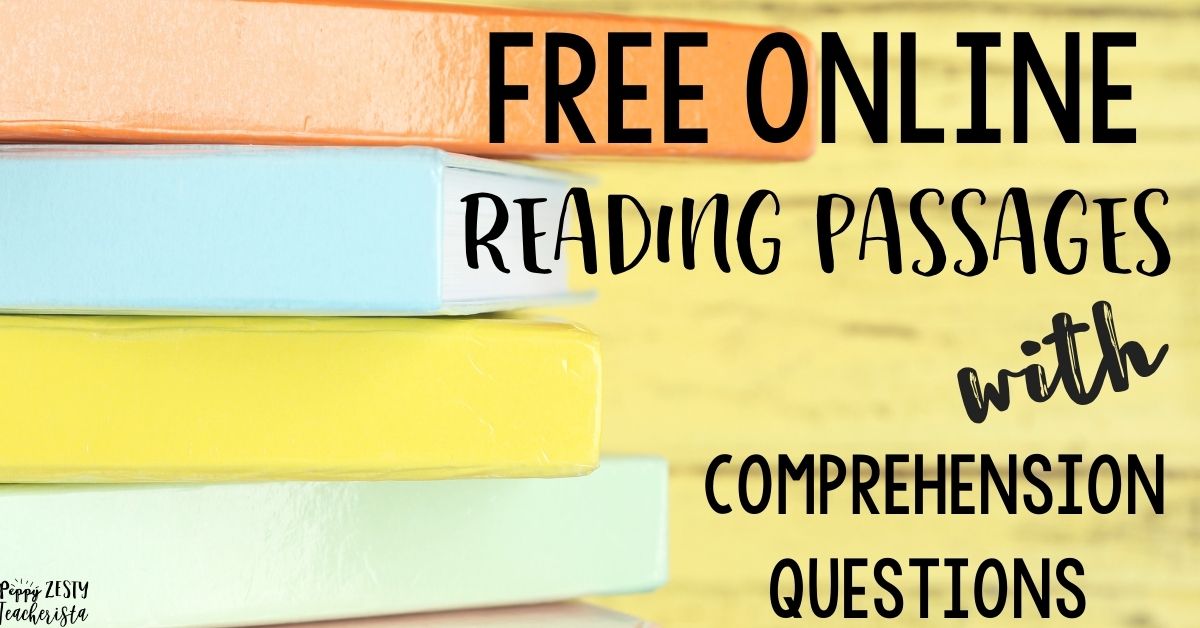

This results in a third, more serious issue-the alteration in the process of reading itself. We may, mid-way down the page, read across another line of text, though usually not in its entirety before we again continue with eye movement down the left-hand side of the screen (Nielsen & Pernice, 2010, cited in Burns, 2011, p. However, our eyes quickly move down the left-hand part of the screen using the first word of each line as shorthand to inform us about the remaining information in that sentence. “Eye tracking” research notes that when we read online, we begin by reading the first couple of lines of text in their entirety. and all of this clogs our mental bandwidth making reading from a screen exhausting and resulting in less capacity to remember information.Ĭonsequently, when reading online, we tend to spend less time on a web page, hyperlink to new sites or pages without returning to the original content, and in an effort to absorb as quickly as possible large amounts of text, we tend to read in an “F” pattern (that is, those of us who read languages from left-to-right). Reading from a computer screen increases our cognitive load because we have to scroll, find out where we were in the text, etc. The culprit here is “cognitive load” (the cognitive processing demands placed on a person). Next, those of us who read online do it poorly. For certain learners, this processing challenge is often a formidable one, and the inability to decode and comprehend text (i.e., reading) often spells failure, for both adolescent and adult learners in formal education settings (Burns & Martinez, 2002, pp. Further, text can be inefficient: the recipient of text-based information must simultaneously receive and “translate” text into mental images in order to better comprehend and mentally “envision” the information being relayed. It appeals primarily to logic and is bounded by the meanings assigned to words, often limiting the impression one wishes to convey. First, as a vehicle for helping individuals learn skills or complex ideas, text is often limited. At the same time, we must encourage and support our online learners to be able to critically consume and analyze text-based information that is complex and even (horrors!) long. We need to both incorporate and modify text for online consumption. But part of that design must include text. This article argues that yes, we certainly must design for the online medium-knowledge, and experiences that capitalize on the visual and interactive nature of online learning. We’re not getting away from text any time soon, but we do have a problem with text, and particularly text on screens. Finally, don’t we need employees, students, teachers, and citizens who are as critically literate and fluent in consuming and producing text as they are in consuming and producing other media? Houston, We Have A Problem Next, in most of the online courses across the globe, text is the dominant form of knowledge transfer. First, most of the world’s accumulated and archived knowledge-its poetry, stories, history, and discoveries-are in text format.

But there are 3 reasons why text matters in online learning. In a 21st century world, text is soooo 18th century. So why even bother with it?Īll (arguably) true. We don't even skim it-we jet ski over it (Carr, 2011). (Here is my attempt to transfer 12 pages of text into a 3-minute animation so my online learners would actually learn the content!). eLearning designers make all sorts of efforts to avoid using text. In the online learning world, it’s the unwanted houseguest who never leaves. Text is the vanilla ice cream of eLearning content. And no, not as in SMS, but as in a book, as in reading, as in eLearning. How Important Is Text In An Online World?


 0 kommentar(er)
0 kommentar(er)
